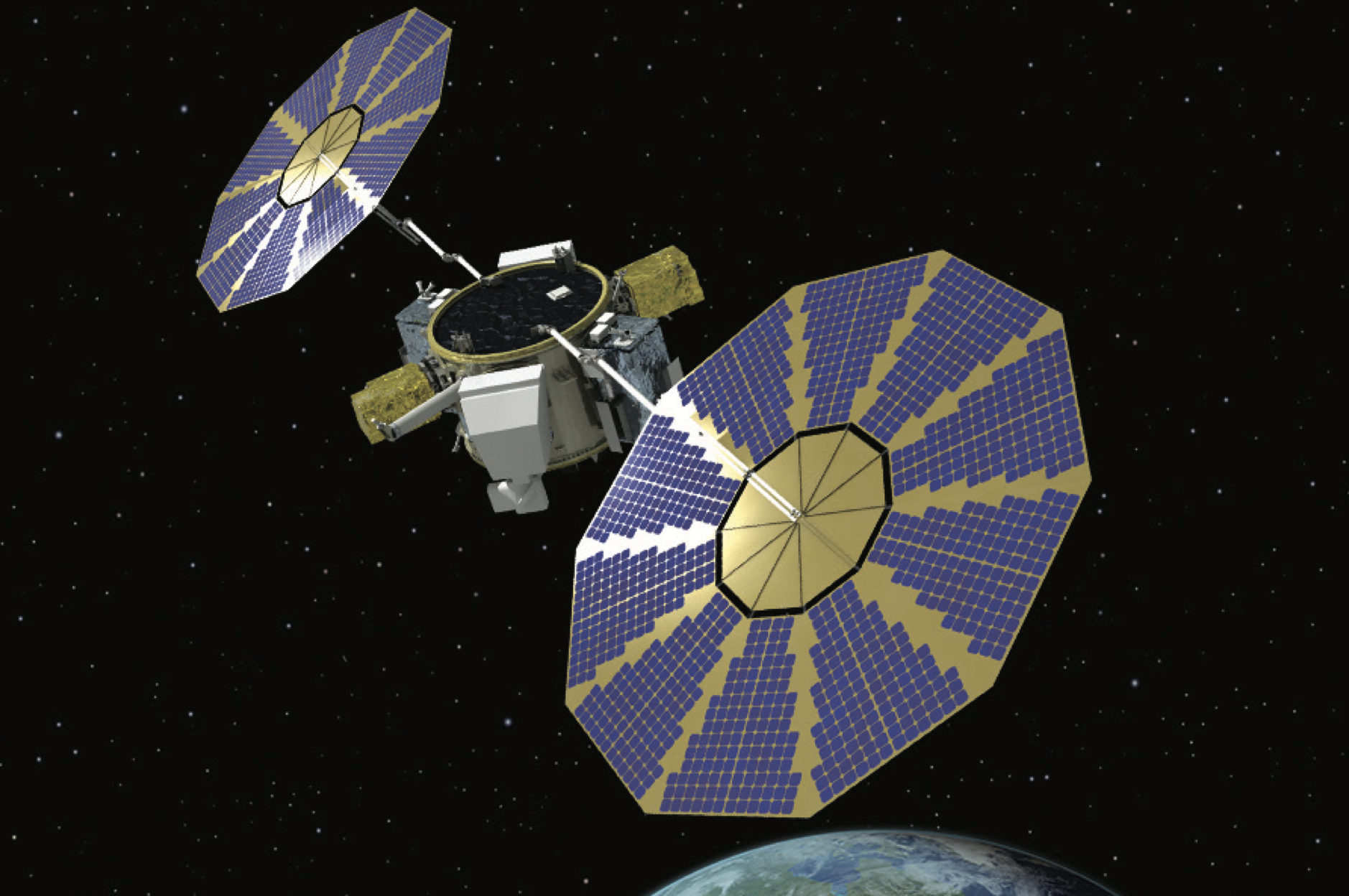WASHINGTON — Northrop Grumman is developing a geostationary communications satellite that will compete against a Boeing design in a military procurement estimated to be worth $2.4 billion.
Boeing and Northrop Grumman were selected in 2020 by the U.S. Space Force to develop Protected Tactical Satcom prototype payloads, known as PTS. Both payloads passed government design reviews and were cleared for on-orbit demonstrations planned in 2025.
Blake Bullock, vice president of communication systems at Northrop Grumman’s Strategic Space Systems Division, said the company’s PTS payload will fly on dedicated spacecraft built on an ESPAStar-HP satellite bus. This is a larger version of the company’s ESPAStar commercial bus optimized for operation in geostationary orbit.
Boeing’s PTS prototype will launch as a hosted payload on the Space Force’s Wideband Global Satcom WGS-11 satellite that Boeing is developing under a 2019 contract. The company plans to deliver the satellite in 2024.
Bullock said Northrop Grumman’s satellite will launch to orbit on a national security space mission aboard a United Launch Alliance Vulcan rocket. “The program is on track for a 2025 launch,” he said in a statement to SpaceNews.
Competition to continue for several years
According to DoD budget documents, the U.S. Space Force could select one or both companies to produce additional payloads.
Whichever PTS version is selected will become the military’s next-generation secure communications satellites, intended to supplement the Advanced Extremely High Frequency (AEHF) satellites that are used for classified-level communications.
PTS seeks to provide “uninterrupted communications even in the presence of sophisticated jamming threats,” Bullock said.
Northrop Grumman decided to build an independent satellite instead of a hosted payload to give the government more flexible launch options, he said.
The ring-shaped ESPAStar-HP can be manufactured faster than traditional military satellites and launched in batches, he said. “Our solution works both as a free flyer or hosted on any bus with the necessary space, weight and power to support the payload.”
DoD is requesting $360 million for the PTS program in fiscal year 2024, and estimates to spend up to $2.4 billion by 2028.
In budget justification documents, DoD said it expects two PTS prototype payloads to be “available for launch in fiscal year 2025 as payloads on Boeing’s WGS-11 (hosted) and Northrop Grumman’s ESPAStar-HP satellites (free-flyer).”
After both PTS versions are evaluated, the Space Force could decide to support either hosted or free-flyer configurations for launch in fiscal years 2028 and 2029.
